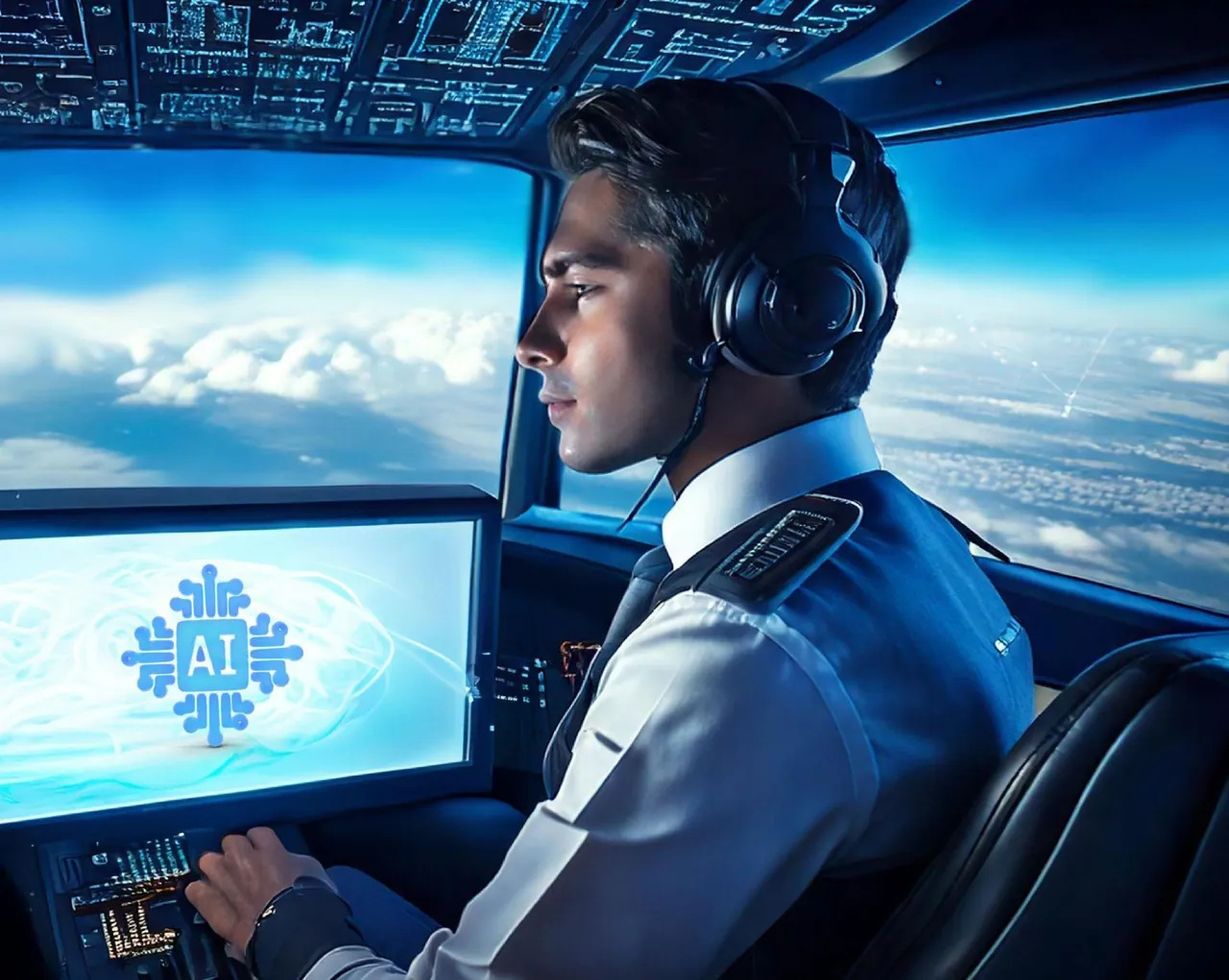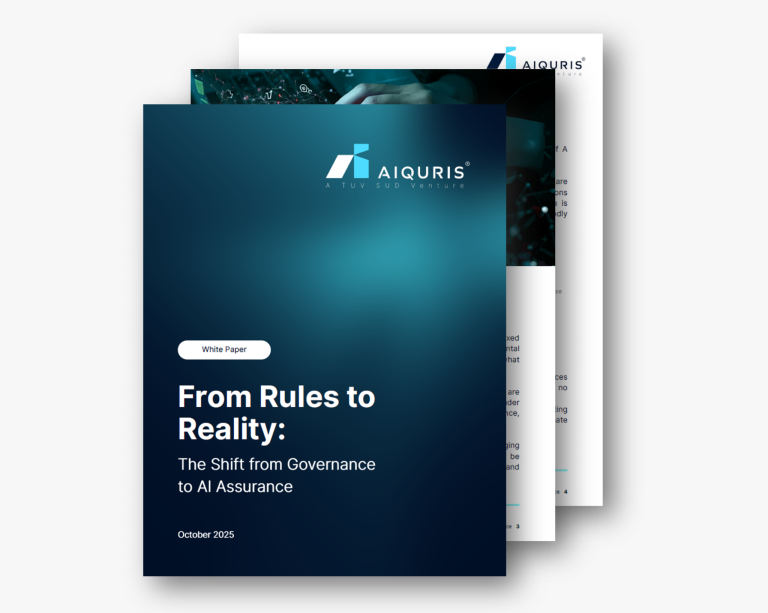Artificial intelligence (AI) has been a cornerstone of innovation in the aviation industry for decades, quietly driving advancements across the value chain. From streamlining operations to enhancing safety protocols, AI has long been an integral part of commercial aviation. However, we are now entering an era where AI’s capabilities are reaching unprecedented heights, poised to redefine how businesses operate and evolve. This surge in AI’s potential promises not only to enhance efficiency but also to unlock transformative opportunities across various domains within aviation.
What are the benefits of AI in Aviation?
Enhanced Operational Efficiency
One of the primary benefits of implementing AI in aviation is significant operational improvement. According to EASA, AI applications can process vast amounts of data which are crucial for predictive maintenance, optimising flight paths, and improving decision-making processes during flights 1. Airlines like Alaska Airlines utilise AI-driven programmes called Flyways to identify optimal flight routes based on current weather conditions and aircraft weight, achieving average fuel savings of approximately 480 thousand gallons annually while reducing flight times by about five minutes per trip.
Predictive Maintenance and Safety Enhancements
Predictive maintenance powered by AI allows airlines to analyse equipment performance and predict failures before they occur. This proactive strategy minimizes downtime and increases passenger safety. Machine learning algorithms such as Random Forests and Support Vector Machines are employed for real-time monitoring of engine health, providing insights into the remaining useful life (RUL) of critical components. Research indicates that effective predictive maintenance strategies can reduce airline maintenance costs by up to 30%. 2.
Environmental Impact
AI plays a crucial role in addressing environmental concerns within the aviation sector. By optimising flight trajectories and managing fuel consumption more effectively, AI can help significantly reduce carbon emissions. Enhanced route optimisation systems leverage AI to lower CO2 emissions through dynamic adjustments of altitudes and speeds during flights.
Technical Standards and Risk Management Strategies
Implementing AI requires adherence to rigorous safety standards such as DO-178C, governing software used in airborne systems. This standard ensures deterministic behaviour—where the same input consistently yields the same output—a challenge when integrating adaptive AI systems that learn from real-time data. Differences between traditional software certification and machine learning models highlight the complexities involved; while traditional systems rely on fixed algorithms, AI models evolve through training and adaptation, necessitating ongoing validation efforts.
In addition to DO-178C, frameworks like the NIST AI Risk Management Framework 3 provide systematic approaches to recognising and mitigating risks associated with AI deployment in high-stakes environments like aviation. These frameworks emphasise transparency, accountability, and continuous monitoring of AI systems to ensure compliance with safety regulations while maintaining operational integrity.
Global Regulatory Perspectives
Globally, organisations like the FAA and EASA work together to create robust guidelines for the ethical use of AI in aviation. EASA’s Artificial Intelligence Roadmap lays out strategic objectives for integrating AI technologies safely while ensuring adherence to regulatory standards and fostering innovation across the industry. Similarly, the FAA emphasises the development of best practices aligned with international frameworks, encouraging collaboration among stakeholders to tackle technical complexities and ethical considerations effectively.
Ethical Considerations in AI Implementation
Integrating AI introduces significant ethical responsibilities regarding accountability and transparency. A pertinent example is the Alauda Airspeeder UAV Incident (2019), where questions arose about who was responsible for the decisions made by an autonomous system during a racing event. Such incidents underscore the need for clarity about responsibility when AI makes critical decisions impacting human lives.
Additionally, AI systems often operate as black boxes, leading to transparency and explainability issues. Stakeholders must understand how these systems make decisions, particularly when companies prioritise cost-saving measures through AI’s predictive maintenance capabilities. Balancing operational efficiency against potential risks to safety becomes crucial in this context. Establishing clear accountability mechanisms and utilising Explainable AI (XAI) methods will be essential to build trust among users and regulators alike.
A Call for Responsible AI Use in Aviation
The future of aviation will undoubtedly be shaped by artificial intelligence, presenting remarkable opportunities alongside substantial challenges. It is imperative to embrace this technology responsibly, ensuring that safety, ethics, and effective governance remain at the forefront of our efforts. Organisations should adopt robust frameworks, like those established by EASA, to manage risks associated with AI implementation effectively.
For companies looking to leverage AI capabilities, AI Risk and Quality Management tools, like AIQURIS, enable businesses to scale AI confidently while providing visibility and control over associated risks and quality requirements. By prioritising responsible AI adoption, the aviation industry can enhance operational efficiency, improve safety standards, and lead the way toward a sustainable future.



